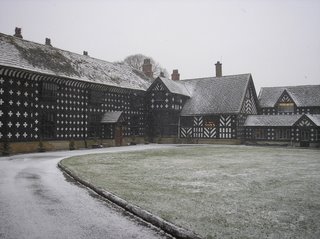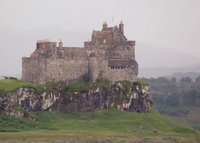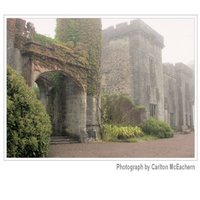During the last thousand years, European Monarchs have ruled Europe and the world with an iron fist and by fear, compassion and hatred. As their wealth grew from the riches of newly conquered continents and lands, they began building some of the worlds greatest castles as a sign of their status and wealth, leaving behind a legacy of beauty and splendor that has lasted well into the 21st century.
These members of royalty have included tyrants, the mentally insane, drunks and the psychotic, who have murdered for pleasure and raped for enjoyment. They have imposed terrible taxes on already poor citizens. They married for financial power and traded in lives. Kinfolk were murdered so a favorable son could rise through the ranks. As their power increased so did the atrocities, bringing with it the hatred of a nation and its people.
Join me as we take a final trip back in time, discovering which Monarchs were tyrants, mentally unstable, drunks and psychotic, as well as those who were loved by their people.
We bring this series of articles to a close by taking a look at the life and times of Philip II of France.
Philip II, born 1165, was the son of King Louis VII and became King of France in 1180 when his father died. In 1190, Philip along with Richard I of England and the Holy Roman Emperor, Frederick I Barbarossa, embarked on the Third crusade as comrades in arms but at some point during the journey they quarreled. Philip returned to France a year later whilst the French army remained in Outremer under the command of Hugues III, duke of Burgundy.
Allying himself with the Holy Roman Emperor Henry VI and Richard's brother, John, he set about claiming Richard's territories in France as his own. In 1194, after returning from the crusades, Richard set off on a new campaign retaking all the territories that had been seized by Philip during his absence. By the time of Richard's death in 1199, most of his territory had been regained. When John became king of England after his brother’s death, Philip began a campaign to retake all the land that Richard had won back. Between 1201 and 1205, Normandy, Maine, Brittany, Anjou, Touraine, and Poitou fell to Philip.
An alliance of European powers, including that of England, became concerned at the growing power of France and her armies and in 1214 went to war with King Philip II. At the Battle of Bouvines, Philip II’s forces inflicted a heavy defeat upon the coalition forces which included those of Otto IV of Germany. The consequence of the defeat was that Philip became one of the most powerful men in Europe.
Philip immediately set about reorganizing his government, bringing with it financial stability. This allowed the country to grow and prosper. His court officials had the majority of their powers removed and he replaced them with a council made up of middle class citizens, bestowing upon them, some of the powers removed form his nobles. During this time of upheaval and reorganization, towns grew, trade flourished and Paris was established as the capital of France. With Paris firmly established as France’s new capital, Philip II undertook a major rebuilding program, the likes of which had never been seen. He had all the main thoroughfares paved, built Les Halles (a central market) and continued with the construction of Notre-Dame Cathedral which was begun in 1163 by his father Louis VII. Philip II also gave the world the Louver, which at the time was built as a fortress, as well as giving a charter to the University of Paris in 1200.
With the act of relieving his nobles of their powers and the new prosperity he brought to the country, Philip was seen as a peoples King who became very popular amongst his subjects. Philip II died July 14, 1223 at Mantes.
Our journey has come to an end. I hope you have enjoyed these brief insights into the life and times of some of Europe's most loved and hated monarchs.
So until my next article
Best wishes and have a great day
Stuart Bazga
www.guide-to-castles-of-europe.com





